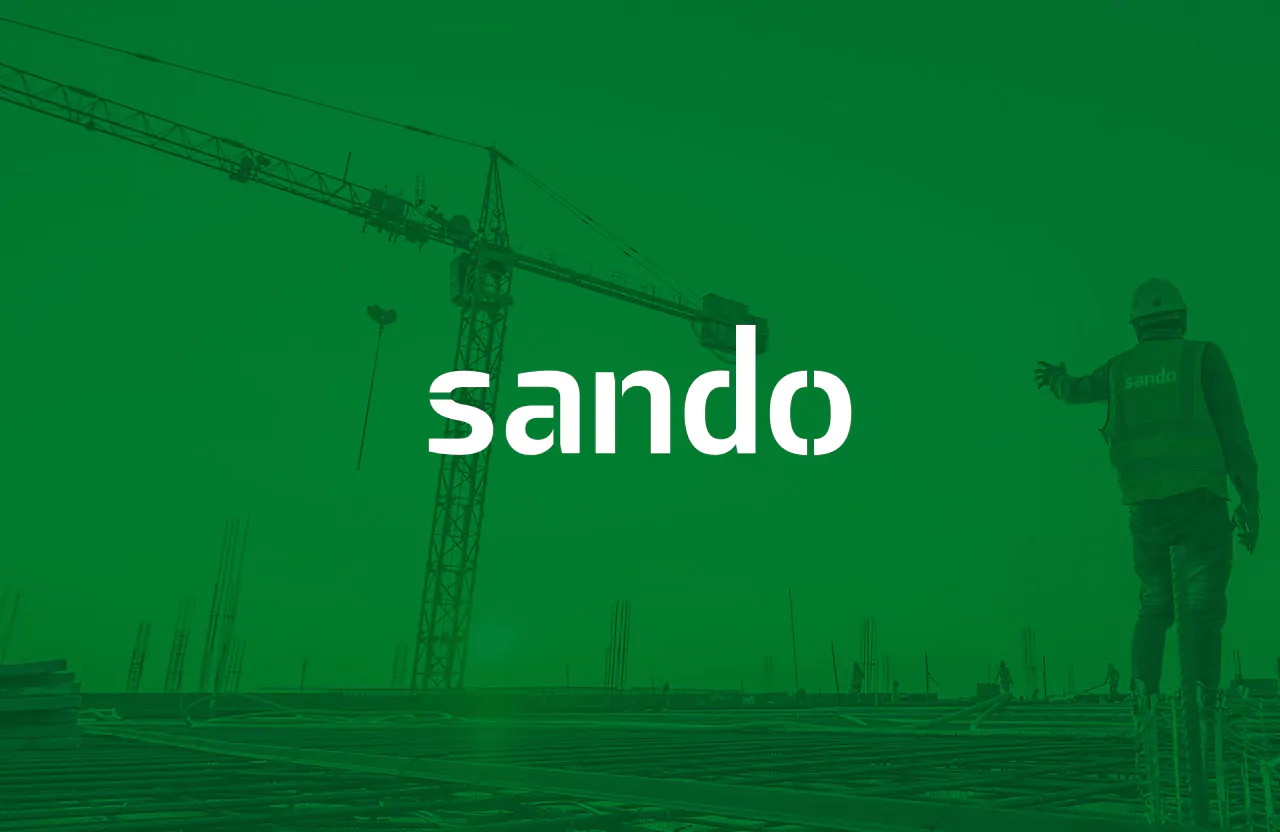
03/07/2014
This technology will provide detailed information as to where any defects occur as well as supplying data regarding the train´s stability and safety in order to prevent risk of derailment.
Malaga based group Sando, in conjunction with Conacon and Nadir, is carrying out an I+D+i (Investigation, Development and Innovation) project with financial aid from the Andalusia Technology Corporation (CTA) and the IDEA Agency. The project involves a rail auscultation system which will allow for defects to be detected in real time and save around 20% in maintenance costs, as well as reducing the likelihood of train accidents. The purpose of this system is to guarantee improved safety and stability for rail travel, and can be installed on any type of train. It will enable monitoring of auscultation and analysis of the vehicle’s potential dynamic response by means of computerized dynamic simulation techniques.
A group of investigators from Seville University’s Mechanical Engineering department are taking part in the project, which goes by the name of Simuvía (On-board simulation of train auscultation through observation of the train’s condition). The University department has over 10 years´ experience in the field of computational dynamics and simulation of Railway vehicles. The results of this project could be useful to both the Head of Railway Infrastructure (Adif), who is responsible for maintenance of the railway lines, as well as to companies providing rail transport services throughout Spain and other countries. Simuvía is being carried out at Adif´s Railway Technology Centre located in the Andalusia Technology Park.
The technology which has been developed provides precise and in-depth knowledge of the exact location of any defects which in turn will help improve the quality of rail design. Its implementation will help improve comfort of rail travel and slow down deterioration, wear and tear of the infrastructure and lessen the environmental impact caused by acoustic omissions. Furthermore, data pertaining to the vehicle’s safety and stability will help to assess the risk of derailment or the train’s breaking capacity if faced with dangerous situations, and help prevent accidents.
The system uses virtual sensors to monitor variables which cannot be measured directly, such as the contact force between the train wheels and rail track. The sensors are distributed in different areas of the vehicle and connected to a computer which processes the data collected. It will enable real time simulation of a train’s response and in this way will be able to obtain a more precise assessment of the extent of each wave length of irregularity on the track, taking into account the response from different types of train which travel along the railway line. The system will also allow for indirect calculation of the contact force between the wheels and rail track without using Dyna-Metric axles.
The majority of companies producing and selling this type of system concentrate purely on geometric auscultation of the railway tracks, but this project goes one step further, as it is also able to obtain the vehicle´s dynamic response based on mathematical patterns.
In the last couple of decades, around 3,000 kilometres of high-speed railway track have been put into service in Spain. This has meant that Spain’s high-speed rail network has become the largest in Europe and the second largest in the world, with only China ahead. It is even situated ahead of countries such as France and Japan who were previously considered as world leaders in the field. Methods or technology to help reduce the amount of work required for track inspection and increase reliability in diagnosing faults which might have occurred or even predicting them will be of huge interest to the sector and at the same time provide substantial savings in maintenance work. In general terms, the maintenance cost for a high-speed railway line is approximately 100,000 euros per kilometre of track per year, of which 30,000 euros are spent on track maintenance and the remainder is for other costs such as overhead power cables, signals, telecommunications,… etc.